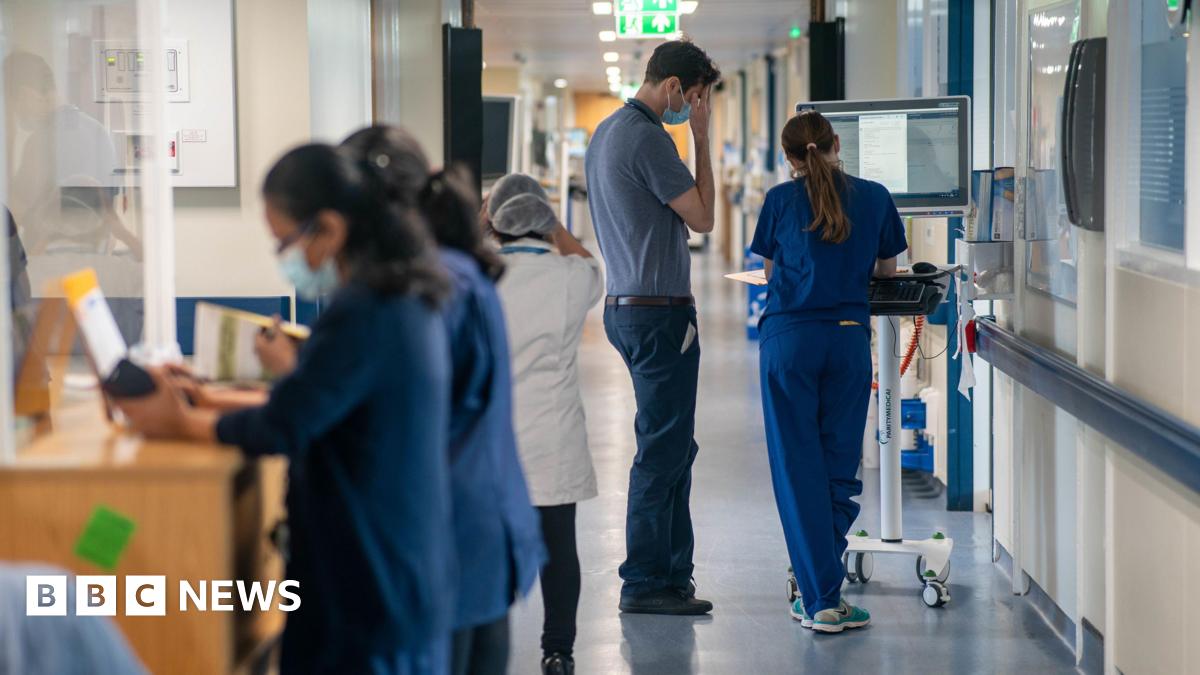Bussiness
Dow Jones trading up after slowdown

The Dow Jones index (US30) rose to a new all-time high yesterday, starting Thursday’s trading at $39,984.5, up by about 0.09% after a slowdown in the US Consumer Price Index (CPI) inflation index.
This renewed hopes in the market for a Federal Reserve interest rate cut in the third quarter of 2024 amid ongoing inflation decline and economic activity slowdown.
In April, US Consumer Price Index inflation fell to 0.3% every month compared to expectations of 0.4%. The core US Consumer Price Index also decreased, in line with expectations, to 3.6% on an annual basis compared to 3.8% in the previous period.
However, inflation remains significantly higher than the Federal Reserve’s 2% target, but the continuous decline is pushing market bets towards the Fed cutting interest rates by a quarter point in September.
Over two-thirds of the stocks comprising the Dow Jones index ended yesterday on an uptrend. Salesforce Inc. (CRM) led the rally, rising by 3.88%, with analysts expecting the stock’s performance to outperform already high expectations of 12% on an annual basis. Meanwhile, shares of Walt Disney (DIS) fell by -2.45% after the company reported second-quarter earnings that were lower than expected.
The Dow Jones index rose by about 350 points yesterday to close at 39,908, an increase of 0.9%. The S&P 500 index rose by 1.2% and the Nasdaq by 1.4%. This followed the Labor Department’s announcement of a decrease in inflation to an annual rate of 3.4% in April after a monthly increase of 0.3% in prices, according to the Consumer Price Index.
From my perspective, the slowdown in inflation figures is welcomed news on Wall Street after several months of higher-than-expected inflation. Federal Reserve officials were expecting a rate cut sooner than spring 2024 but completely ruled it out as job rates and inflation rose.
I believe if inflation continues to decline, the Federal Reserve may lean towards cutting interest rates and easing monetary policy. Lower interest rates tend to stimulate the stock market because companies spend less money on debt costs, and consumers have more money to spend.
I also see the continued rise in the US stock market attributed to prospects of artificial intelligence and strong economic indicators, especially as investors ignore previous concerns about continuous price hikes and inflation, as evidenced by the recent market performance in the short term.
Overall expectations for the stock market remain positive, especially with supportive monetary policy expectations and continued corporate growth, especially in the technology and artificial intelligence sectors. However, I advise traders here and at this stage to remain cautious of volatility, especially in stocks that have shown significant price fluctuations influenced by social media and retail investor sentiment. Nevertheless, I believe prevailing economic conditions and policy expectations indicate that the upward trend in major stock indices is likely to continue in the short to medium term.









